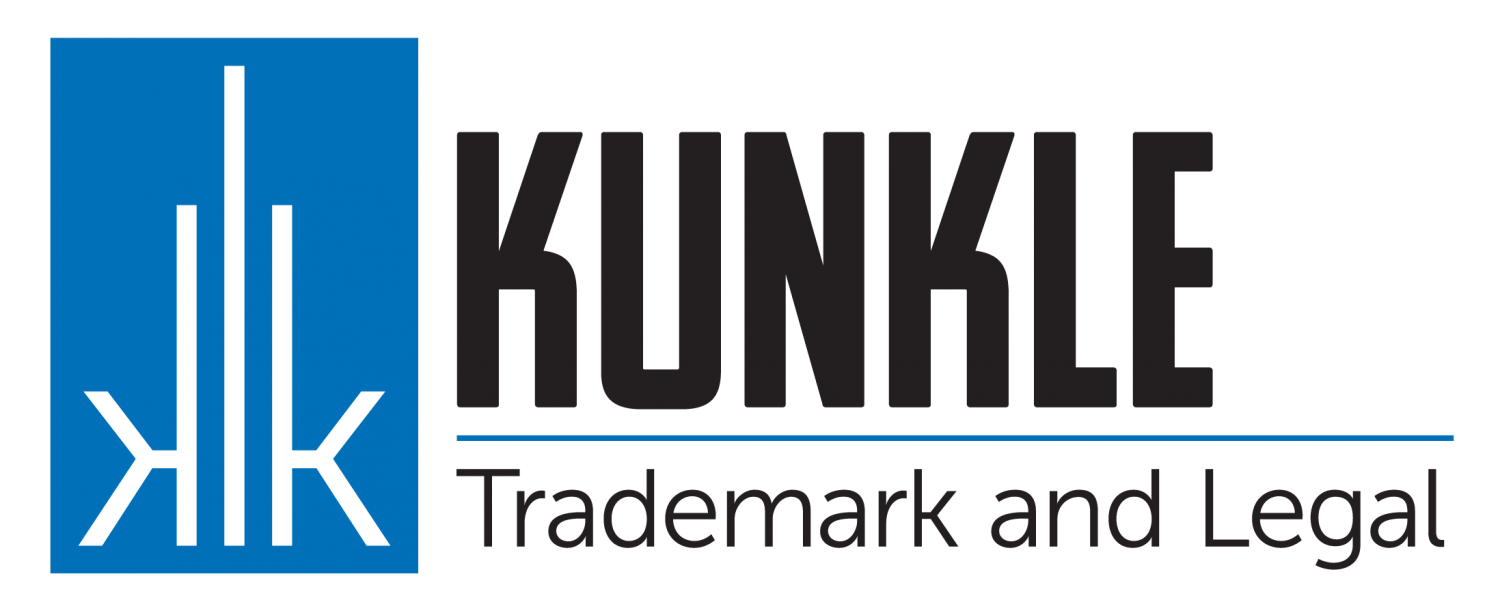Every once and a while it is good to go back to basics.
What is a copyright?
A copyright is a set of rights (often referred to as a “bundle of rights”) afforded to the owner of original works. Under federal law these rights include the right to reproduce the work, prepare derivatives of the original, and the right to perform the work publicly. By controlling these rights the owner may receive income from licenses in the form of royalties or directly from the sale of these rights.
How do I get a copyright?
Under current U.S. law all that is required to get a copyright is that the original work be “fixed” in a “tangible form.” For example, if you are a writer, once the words appear on the page (or on computer disk) you have a copyright. There are no registration requirements to obtain the copyright, however, in order to enforce the copyright the work must be registered with the Copyright Office at the Library of Congress. Additionally, the work must have been registered in order to seek statutory damages or attorney’s fees in the event that you are forced to litigate to protect your rights. If you choose to register your work you must first determine what Copyright Office classification fits into, fill out the appropriate form and submit copies to the Library of Congress along with a registration fee of twenty dollars.
What do they mean by “original?”
In the United States a work must be “original” in order to be protected by federal copyright. This originality does not simply mean that the work be new, but rather that the work has a “modicum” of creativity and not be merely the result of the “sweat of the brow.” While the degree of creativity needed is debated, the central premise remains: compilation of data is not sufficient to create a copyright without some additional efforts. For example, the leading case on the subject held that merely compiling information for a phonebook does not give someone the right to a copyright in the compilation of the phone numbers.
How long does a copyright last?
Under the Sonny Bono Copyright Extension Act which was enacted last year, the term of a copyright authored by an individual is the life of the author plus seventy years. In cases involving joint works, work for hire, anonymous or pseudonymous works, the copyright exists for whichever expires first; 95 years from the works first publication, or 120 years from the year of the work’s creation. This only applies to works created after January 1, 1978.
What about the © symbol?
While it is not required under current U.S. copyright law, having ©, “copr,” or “copyright” located on the work is a fairly good idea since it gives the viewer notice that you are claiming your copyright. The notice should also contain the year of the creation of the work and the name of the copyright holder. For example the copyright notice for this document is “© 2008 Kenneth L. Kunkle” In rare situations involving creation of works by citizens of some South American countries, the phrase “All Rights Reserved” must also be placed on the work. For the copyright on a sound recording (i.e. record, C.D., or tape) the proper symbol is (P) with the name and the year listed in the same way as with the © symbol. However, the (P) symbol only applies to the sound recording and not the underlying work or any cover art or liner materials.
